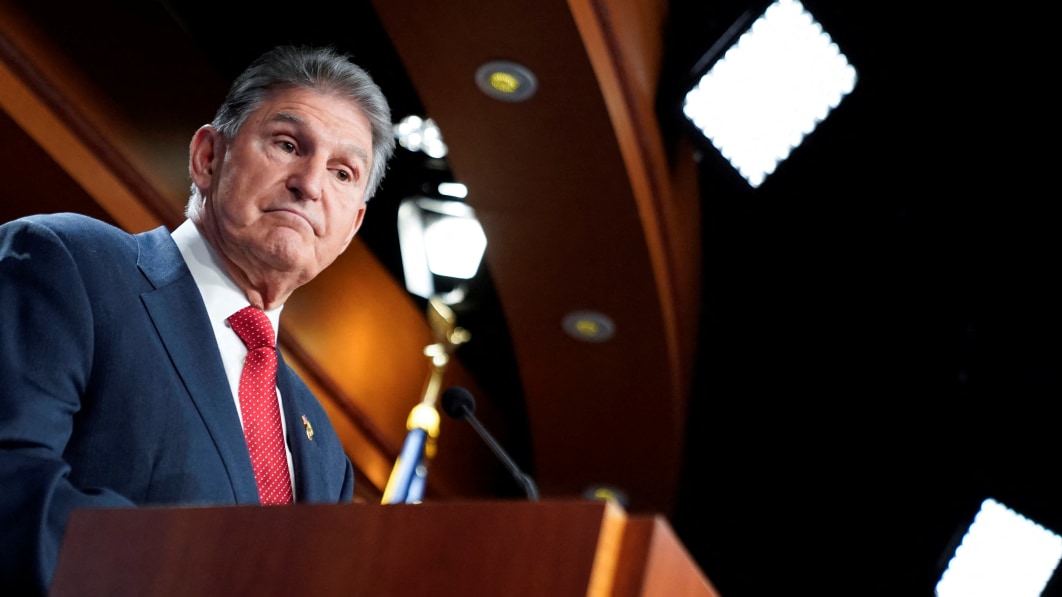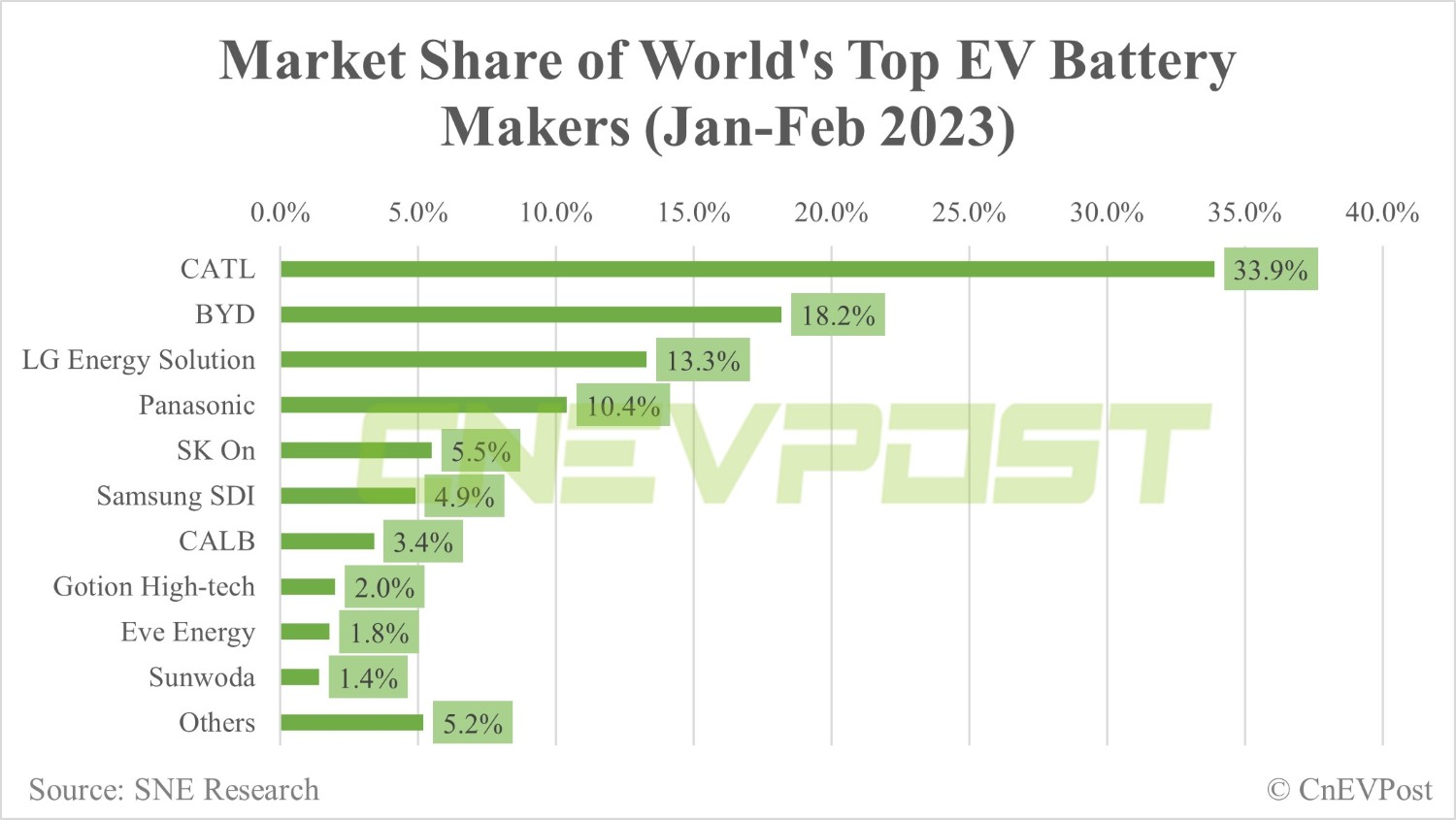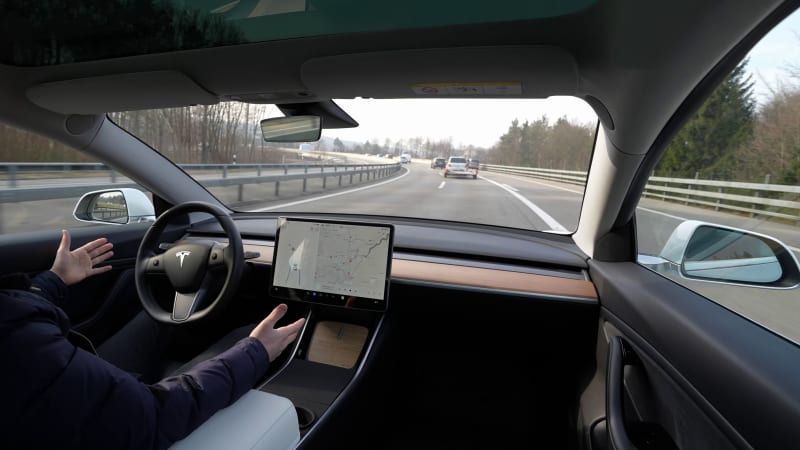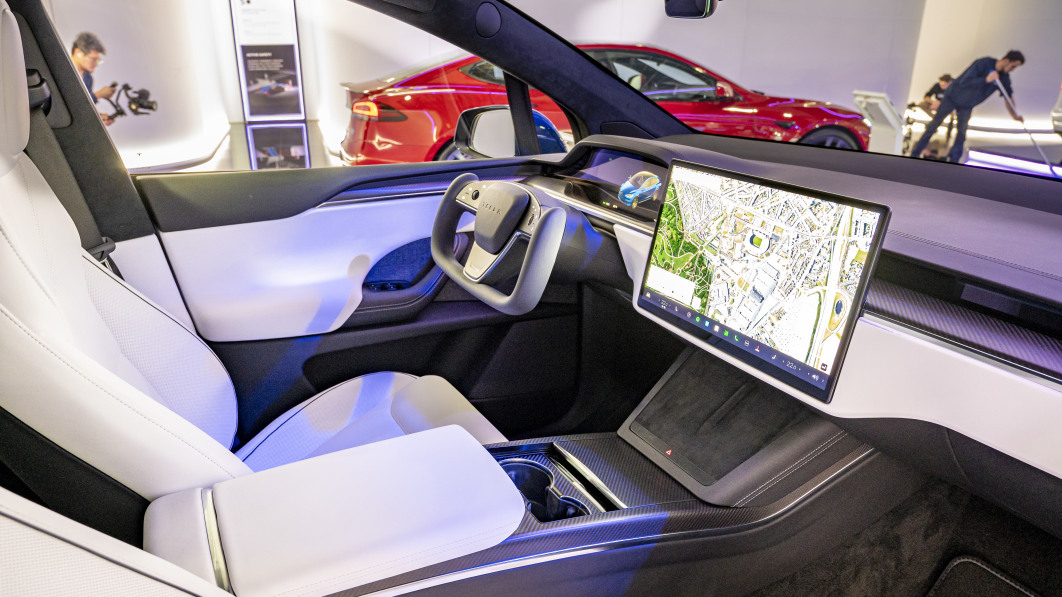XPeng's XNGP system will enable full-scenario ADAS from start to stop when the full rollout is completed in 2024, it said. | XPeng US | XPeng HK
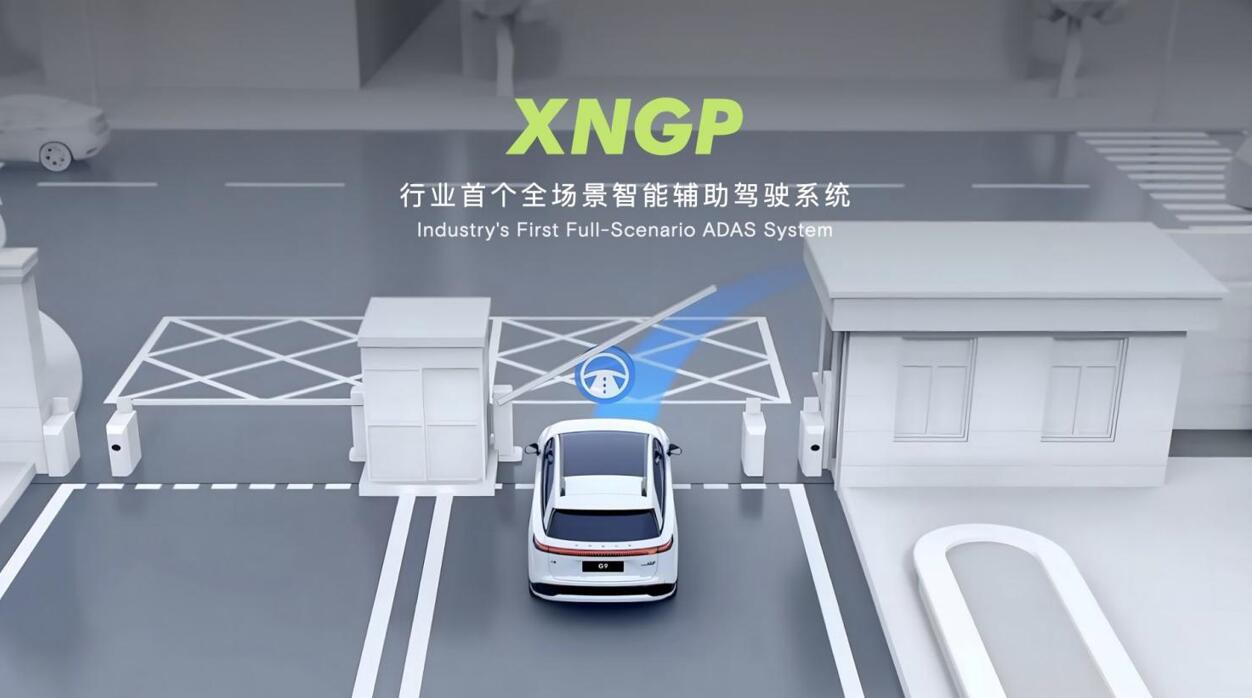
(Image credit: XPeng)
XPeng (NYSE: XPEV) is making its Tesla FSD (Full Self-Driving)-like Advanced Driver Assistance System (ADAS) available for two flagship models, marking significant progress in building its assisted driving capabilities.
The electric vehicle maker will begin pushing out a new OTA update, Xmart OS 4.2.0, today, opening up the first phase capabilities of XNGP, XPeng's new generation of intelligent driving systems, to the XPeng G9 and P7i.
XPeng concluded its six-day Mission X 2023 XNGP challenge test drive today with an XNGP technology sharing session in Shanghai, where the plan was announced by Wu Xinzhou, vice president and head of the autonomous driving center at XPeng.
XNGP is XPeng's new generation intelligent driving system and is the ultimate product form of assisted driving before achieving full self-driving, the company said.
In its full form, the XNGP system will not rely on high-precision maps and will enable an assisted driving experience from the starting parking space to the end parking space.
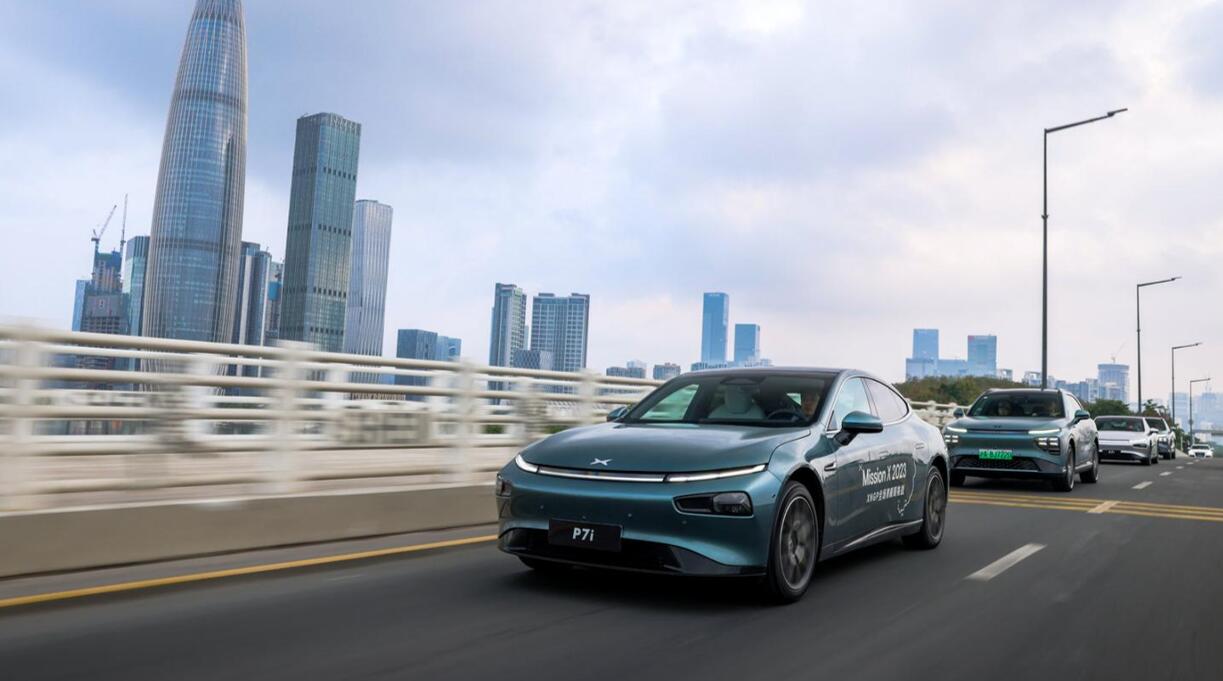
XPeng has been testing the capability on the P5 sedan, which comes with a feature called City NGP (City Navigation Guided Pilot). The function is already available for the P5 in Guangzhou and Shenzhen.
XNGP has achieved the first phase of capability, gaining City NGP capability for the G9 Max and P7i Max in Shanghai, Shenzhen and Guangzhou, three cities with high precision map coverage, according to XPeng.
The second phase of XNGP, which XPeng will launch in the second half of 2023, will see full lane-changing, overtaking and left/right turn capabilities extended to major Chinese cities without high precision maps, while full-scenario ADAS is planned for 2024.
When the full rollout of the XNGP system is completed in 2024, it will enable full-scenario ADAS from start to stop, the company said.
In other cities without high-precision map coverage, XNGP also significantly improves assisted driving capabilities, according to the company.
With City NGP available, vehicles can achieve navigation-assisted driving from point A to point B within the city in areas with high-precision map coverage in Guangzhou, Shenzhen and Shanghai.
This includes vehicles autonomously completing cruise following, overtaking, and bypassing stationary vehicles or objects, as well as enabling stoplight recognition, autonomous lane changes, and avoidance of other traffic participants.
In addition to the G9 Max and P7i Max models equipped with XNGP, City NGP will also be available for XPeng P5 in Shanghai.

In areas without high-precision map coverage, XPeng aims to give vehicles the ability to make left and right turns in most major cities later this year, bringing the user experience in those areas closer to City NGP, the company said.
Notably, in addition to City NGP, XPeng is also building a next-generation Highway NGP, Wu said at today's event.
The new Highway NGP is based on XNGP's next-generation technology architecture, which offers significant improvements in security, usability, comfort, access efficiency, and interaction methods, according to Wu.
XPeng's development of the new Highway NGP is progressing as expected and is set to be available to users with the XNGP system in the next major OTA update, Wu said.
Players in the assisted driving space are currently building products that largely rely on high-precision maps for navigation-assisted driving, although many of them aim to eventually move away from them.
XPeng has built XNet, a deep visual neural network that does not rely on high precision maps and relies only on pure visual perception, the first and only mass-produced BEV perception system in China, it said.
XNet is capable of fusing data collected by multiple cameras to output 4D information about dynamic targets and 3D information about static targets, according to the company.
In the future, drivers will not need to be restricted by the area of high-precision maps and will be able to enjoy high-level assisted driving experience in more cities and scenarios faster, XPeng said.
XPeng is one of the few players to mention that it will move away from reliance on high-precision maps.
Earlier this month, DeepRoute, a local self-driving company backed by Alibaba, unveiled its new Driver 3.0 solution, which it said is a solution that does not require high-precision maps and breaks down the limitations imposed by geo-fencing.
In addition to bringing better assisted driving capabilities, XPeng's latest OTA update brings 27 new features, 52 experience optimizations and more than 40 basic experience enhancements, according to the company.

XPeng revs up for comeback after ending 2022 in the slow lane
The post XPeng sees new milestone in autonomous driving, rolls out Tesla FSD-like assisted driving capability to 2 flagship models appeared first on CnEVPost.
For more articles, please visit CnEVPost.




